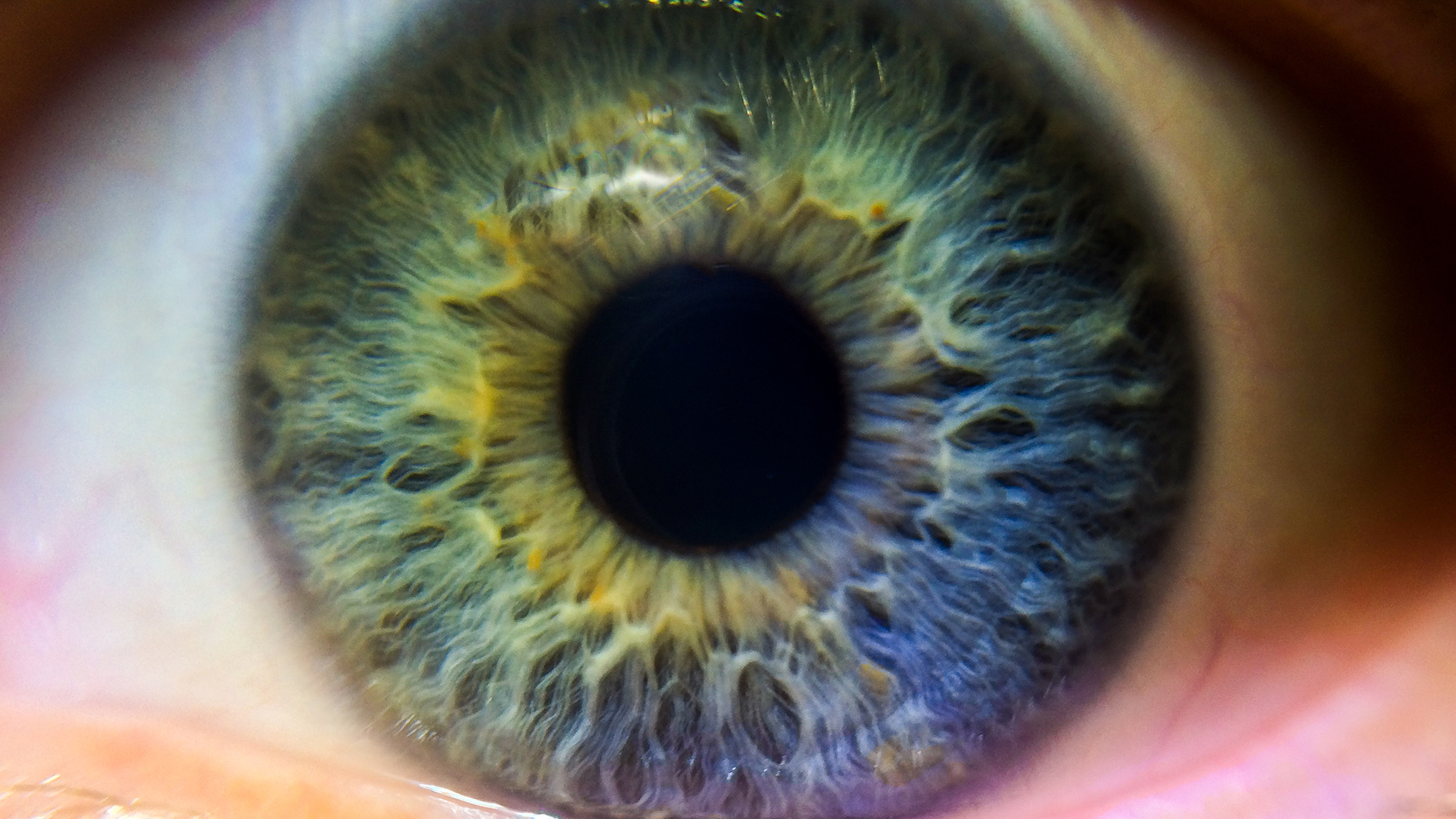Spark files revolutionary gene therapy with FDA

Spark Therapeutics has filed a potentially revolutionary treatment for a rare eye disease with the FDA, with what could be the first gene therapy drug for a genetic disease in the US.
The Philadelphia-based biotech’s Luxturna (voretigene neparvocec) could be the first treatment for patients with vision loss due to confirmed biallelic RPE65-mediated inherited retinal disease, which can lead to complete blindness.
The FDA has granted Luxturna a faster, six-month priority review, as opposed to the standard ten-month process.
Because there are no approved drugs to treat the disease, the FDA granted the faster review and is due to make a decision by January 12 next year.
The decision demonstrates a new willingness by the FDA to consider approval of ground-breaking therapies under new commissioner Scott Gottlieb.
Only this month its advisers recommended approval for the first ever chimeric antigen receptor T-cell (CAR-T) therapy in acute lymphoblastic lymphoma from Novartis, vastly increasing the chances of a licence later this year.
The FDA has approved cellular therapy products, but its Center for Biologics Evaluation and Research (CBER) has yet to grant a licence for a human gene therapy product.
Gene therapies have been approved in Europe, where uniQure’s Glybera was the first commercially available gene therapy for the rare disease familial lipoprotein lipase deficiency.
However, uniQure withdrew Glybera from the EU market earlier this year and gave up on a filing with the FDA in late 2015, feeling it could not meet demands for results from two clinical trials.
Dubbed the world's most expensive drug with a million-euro per dose price tag, Glybera proved to be a commercial flop with only a single patient reportedly receiving treatment.
Luxturna is intended to be administered one time per eye in patients with vision loss due to the disease.
The safety and efficacy of Luxturna were assessed in two open-label phase 1 trials, which continue to follow participants who received the treatment between 2007 and 2012, and one open-label, randomised, controlled phase 3 trial.
Following the one-year control period of the phase 3 study, all control participants elected to cross over and receive Luxturna. Long-term safety and efficacy continue to be assessed in the phase 3 participants who received Luxturna between 2013 and 2015.
The clinical trial programme included 41 participants with vision loss aged four to 44 at the time of first administration. Confirmed biallelic RPE65 mutations and the presence of sufficient viable retinal cells were established in all participants.
Results of the phase 3 study showed a statistically significant and clinically meaningful difference between intervention and control participants at one year, meeting the clinical trial's primary endpoint of mean bilateral multi-luminance mobility testing (MLMT) change score.
The most common adverse reactions related to Luxturna reported in 10% or greater of the combined phase 1 and phase 3 trial participants included conjunctival hyperemia, cataract, intraocular pressure increased, and retinal tear.












